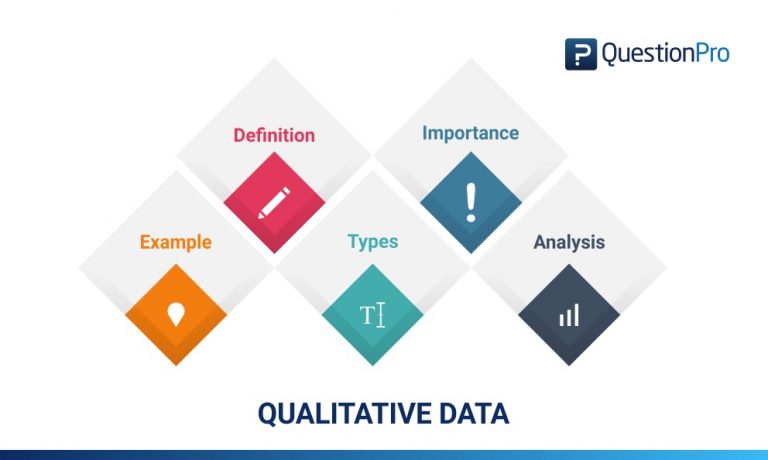

For that reason, it is important to have a clear understanding of the different chart types to make sure you are using the right one.īelow we will discuss the graph and chart categories. For instance, percentages are better viewed through a pie or bar chart while data that is changing over time is better viewed over a line chart. That said, the type of chart or graph you use will vary depending on the aim of the analysis. In some cases, they are built by hand, and in others, most commonly, they are built using visualization tools. These visual tools are used to find relationships between different data sets and extract valuable conclusions from them. It uses different symbols such as bars, lines, columns, tables, box plots, maps, and more, to give meaning to the information, making it easier to understand than raw data.Īs you probably already know, multiple kinds of graphs and charts are widely used in various fields and industries such as business decision-making or research studies. What Are Graphs And Charts?Ī graph or chart is a graphical representation of qualitative or quantitative data. Let’s start this journey by looking at a definition. This knowledge will be valuable if you are a data visualization designer, a business user looking to incorporate visual analytics into his/her work, or just an average viewer looking to learn more about the topic.
#Visualize qualitative data professional
Each type of chart will have a visual example generated with datapine’s professional dashboard software.

#Visualize qualitative data how to
So, how do you make sure you are using and understanding graphs and charts in the right way? In this post, we will provide you with the necessary knowledge to recognize the top 20 most commonly used types of charts and graphs and give insights into when and how to use them correctly. In many cases, even the chart designers are not picking the right visuals to convey the information in the correct way. That said, there is still a lack of charting literacy due to the wide range of visuals available to us and the misuse of statistics. That is because graphical representations of data make it easier to convey important information to different audiences. It is very likely that you have found yourself looking at a chart or graph at work, in the news, sports, media, advertising, and many other places at some point in your life. 3) 20 Different Types Of Graphs And Chartsĭata and statistics are all around us.


 0 kommentar(er)
0 kommentar(er)
